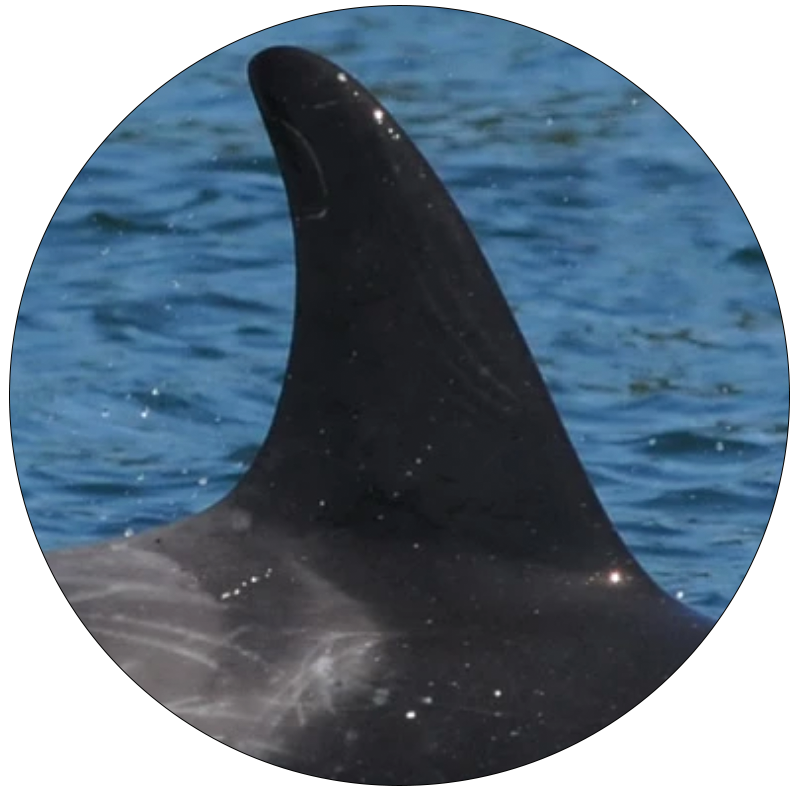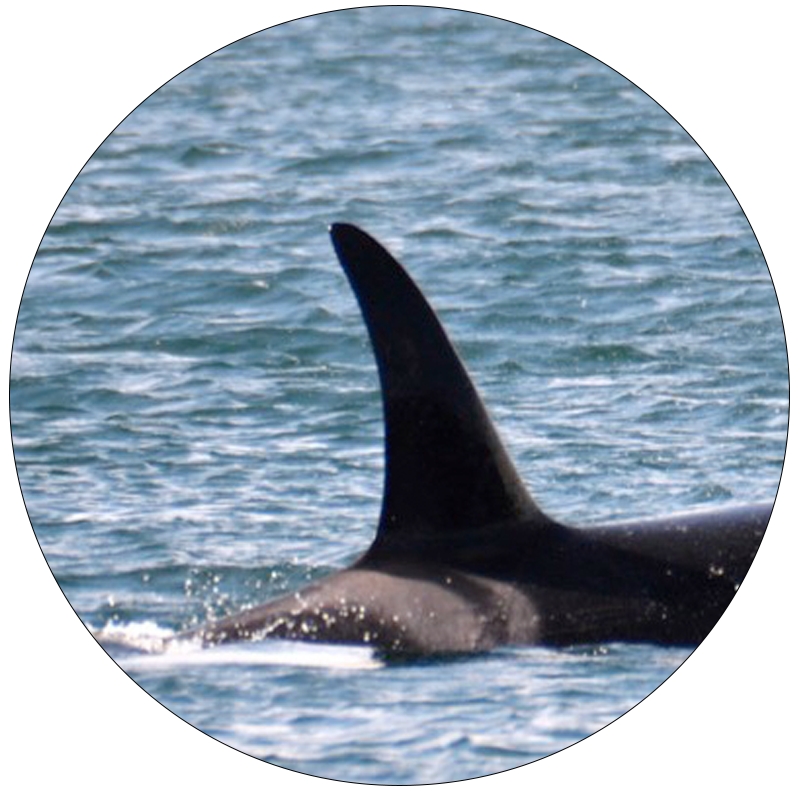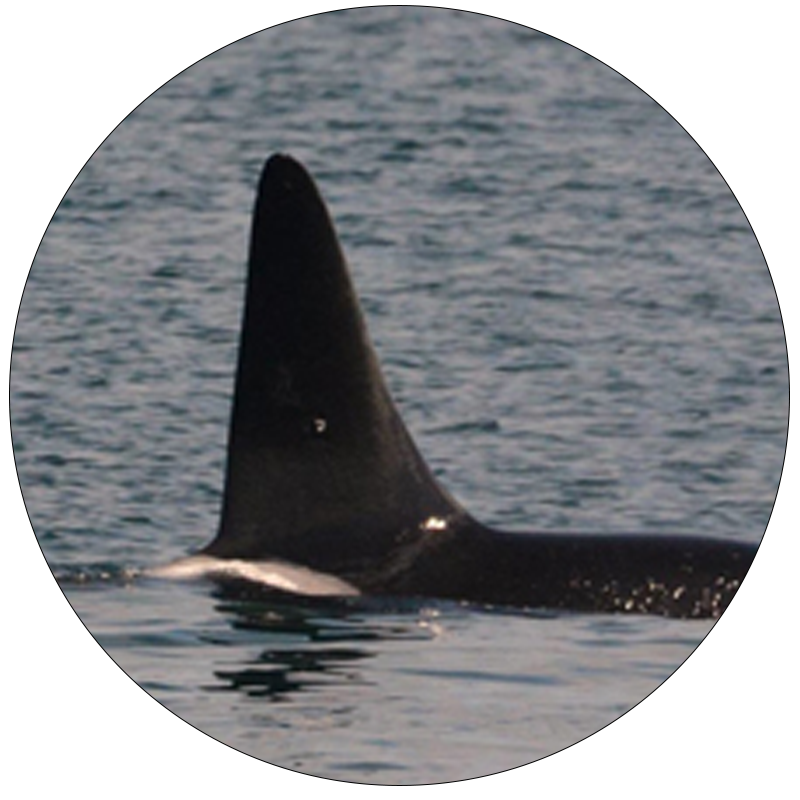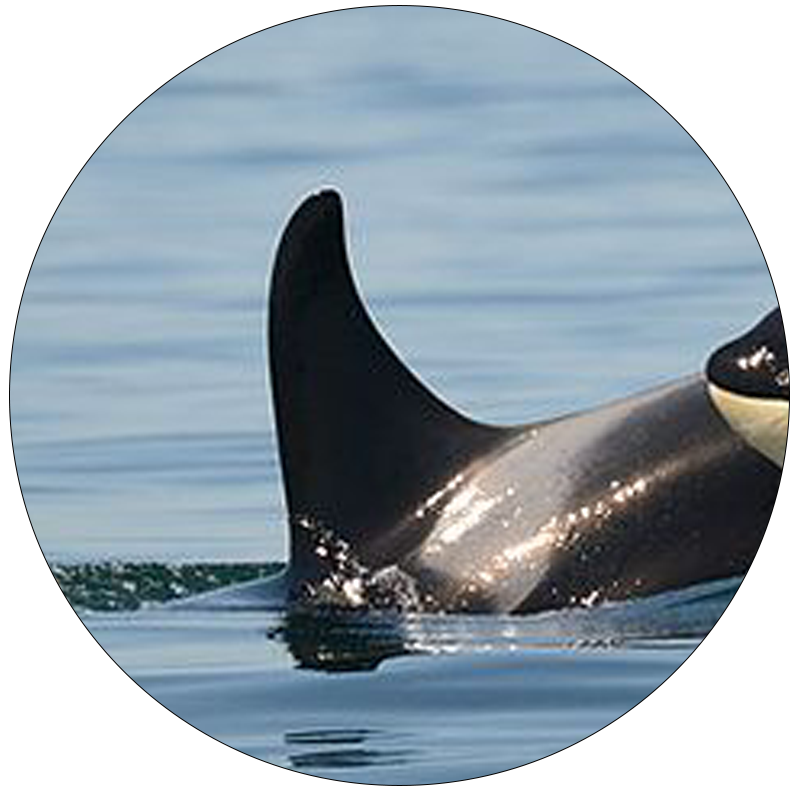THE FILM
01
THE FILM
What you just saw -- we have to and are going to change that
Impending extinction comes to a tipping point for one of the world's most iconic species and ecosystems, revealing the true nature of our interconnectedness. For two young filmmakers, this crisis sparks a stunning journey across the Pacific Northwest, joining activists, scientists and Indigenous leaders, to uncover corruption and stop injustice before it’s too late.
Gloria and Elena met on Saturna Island, BC. Gloria was tracking the Southern Resident Killer Whales and Elena capturing the story for her organization. After witnessing the ecological crisis first-hand, they joined forces to lead this film and movement.
Coextinction leaves the audience in understanding that we are all connected,
our choices have consequences, and that perhaps the orcas are trying to warn us.
The film changes the way we think about and relate to nature, to act with
long-term coexistence in mind, because everything is interconnected.
A healthy environment and economy go hand in hand.
02
THE CHARACTERS
Join us as we track emaciated grizzly with the ‘Namgis First Nation, uncover the truth behind fish farms, and follow a young orcas’ fight to survive.
Coextinction is a full feature film that depicts a wide selection of fascinating and vibrant characters. From prominent scientists to Indigenous Peoples to political stakeholders — each character pulls us a little deeper into this complex story.
Gloria has been fascinated by orcas since she was a child. Upon learning of the Southern Resident Killer Whale’s plight, she travelled to British Columbia to track them for research and conservation. This led her to want to uncover the truths behind their critical endangerment in order to save them.
Elena was running a clothing brand to raise awareness about extinction. The endeavour led her to the coast to learn about the Southern Resident orcas, where she was moved to take action. She saw that we need to protect more than the orcas: the species is a harbinger for the extinction crisis at large.
Also known as the “Father of Orcas,” has dedicated his life to studying and protecting the Southern Resident Killer Whales.
Ernest is a hereditary chief from the Namgis First Nations. He was one of the leaders of the Swanson Occupation where the Namgis, Tlowit’sis and Mamalilikala occupied the Swanson Island fish farm for over 200 days.
03
KILLER WHALES
The Southern Resident Killer Whales (SRKW), composed of three different pods (J, K, and L), are a unique sub-species of orca with their own culture, language, and diet.
The Southern Residents eat only salmon, mostly Chinook (King) salmon. They live in a matriarchal society where families form sub-pods centred around older females, usually grandmothers or great-grandmothers. The orcas (both female and male) travel with their mothers even after they are fully grown and will stay with their mothers for life.


"I'm not going to count them to zero, at least not quietly"
- Ken Balcomb
Each Southern Resident pod uses a specific dialect of calls (sounds) to communicate. The calls used by the Southern Resident community are unique and unlike the calls used by any other community of killer whales in the world.
The Salish Sea is where you will often see The Southern Resident Killer Whales from Spring through Fall - it's their home. The Salish Sea includes the Strait of Juan de Fuca, the Strait of Georgia, Puget Sound, and all their connecting channels and adjoining waters. It also includes the waters around and between the San Juan Islands in the U.S. State of Washington and the Gulf Islands of British Columbia, Canada.

Since the making of coextinction began, one by one, southern residents have been disappearing

J52: Sonic

L92: Crewser

K13: Skagit

K25: Scoter (Son of Skagit)

J17: Princess Angeline

J50: Scarlet
2014-2018
J50's dorsal fin is modelled in the Coextinction logo. A resilient and playful orca before her death, Scarlet represented hope to many.

J35's Calf
Born & Died in 2018
It's what was more than 3 years since the SRKWs had a successful pregnancy. In an act of what scientists believe was grief, this deceased calf was carried by its mother for 17 days.
04
THE ISSUES
The Salish Sea is one of the planet's most celebrated and beloved ecosystems. But beneath the surface, lies the grim reality that its future, and the survival of the Southern Resident Killer Whale species, is under threat. Every day, environmental issues such as declining in salmon stocks, climate change, dams, increasing vessel traffic, pipelines and pollutants, are taking a toll.
Click the images below to learn more about how each issue impacts the Salish Sea and the Southern Resident Killer Whale.
THE SALMON FEEDS THIS PLACE
Fact: 16 million salmon of all species used to pass through the mouth of the Columbia River every year.
In 2016, only 2 million did. The Southern Residents’ diet is 85% salmon, and mostly Chinook (King) Salmon. But the salmon is also going extinct. We are overfishing wild salmon stocks. And the salmon that don’t get caught are infected with a virus from farmed salmon which causes Chinook salmons’ blood cells to explode. Climate change is also a major issue. The salmon can’t survive the increasingly high temperatures of the rivers. In early summer 2015, unprecedented high temperatures hit the lower mainstem Columbia River and tributaries. Of all Redfish Lake sockeye salmon detected passing Bonneville Dam, only 4% survived to Lower Granite Dam, and none survived after temperatures exceeded 20°C at Bonneville. This brings us to the dams. Dams block the migration route of salmon, destroy habitat, and alter the flow of rivers. Four obsolete dams block the lower Snake River. Each year, approximately 2 million salmon die trying to return to their spawning grounds in the Snake River.
THE OCEANS ARE LOUD
Fact: 11 thousand big vessels transit through the Haro Strait, Boundary Pass, and the strait of Georgia each year.
This is in addition to countless recreational, whale watching, and fishing boats. The Salish Sea is one of the busiest seas in the world. Why does that matter? The Southern Resident Killer Whales hunt and socialize by echolocating. They locate objects by reflecting sound. With tankers and barges, recreational boaters, commercial and recreational fishing boats, and whale watching, the orcas struggle to locate their food. Now, if the Salish Sea was filled with the one million salmon every year that it needs to sustain its wildlife, noise disturbance wouldn’t be as much of an issue, but this isn’t the case. Now the government of Canada is working to expand a pipeline that would increase traffic sevenfold, increase noise disturbance and the chances of a spill that would decimate the Southern Residents’ population.
POLLUTANTS ARE POISONS
Fact: Pollutants like PCBs and DDT who have been banned since the 1970s are still in use and are still found in oceans and seas around the world.
Because they are apex predators, killer whales accumulate higher concentrations of toxins as they move up the food chain. Orcas have a high levels of PCBs, DDT, and PBDEs mercury, dioxins, and furans that remain in the marine environment and build up within their fatty tissues. The lack of food causes the orcas to metabolize blubber, releasing the stored contaminants and compromising reproductive and immune systems. Since 2015, there has been no successful births and most of the calves born in the baby boom of 2015 have starved to death. (photo of J50 and J35).

